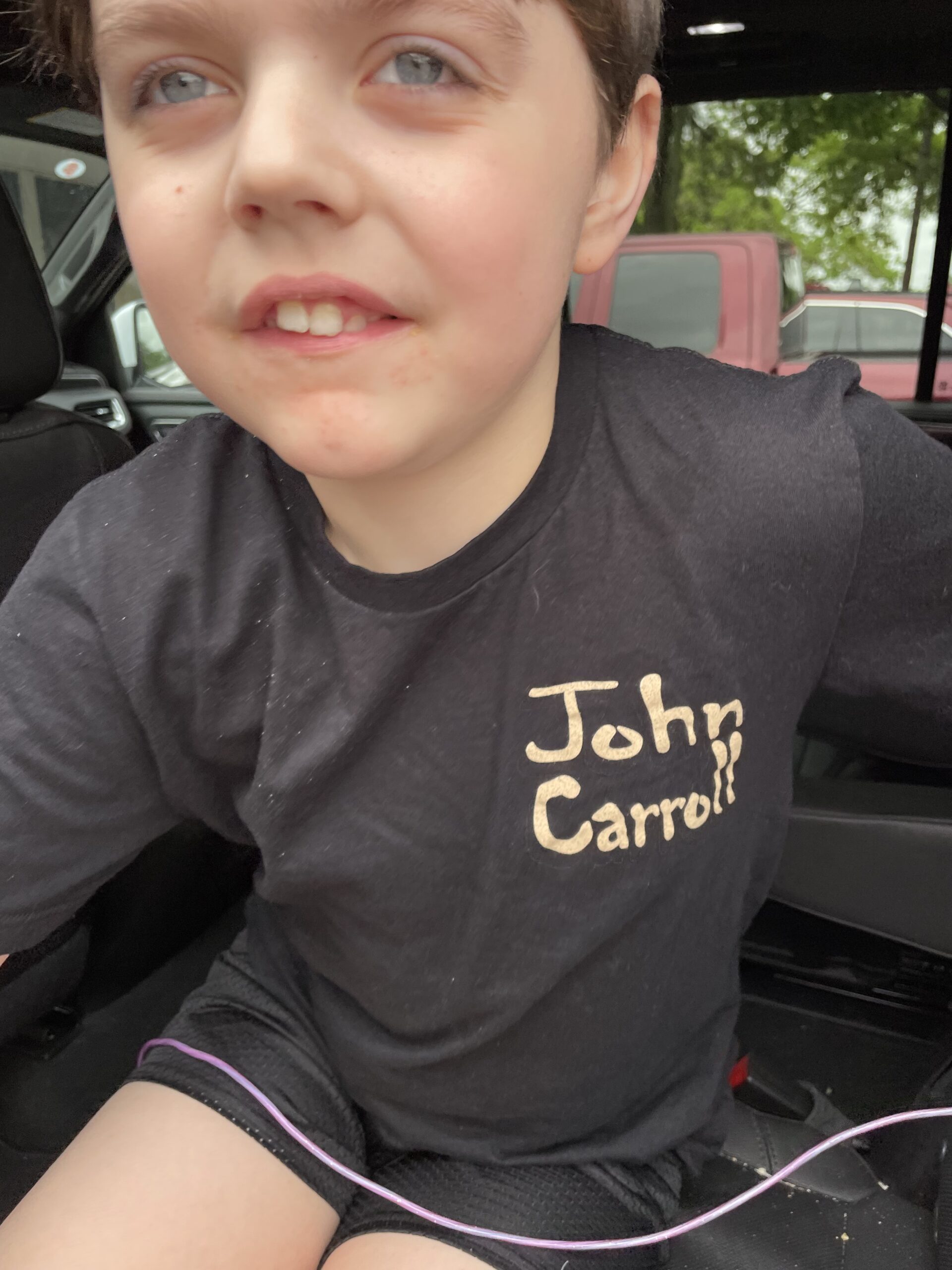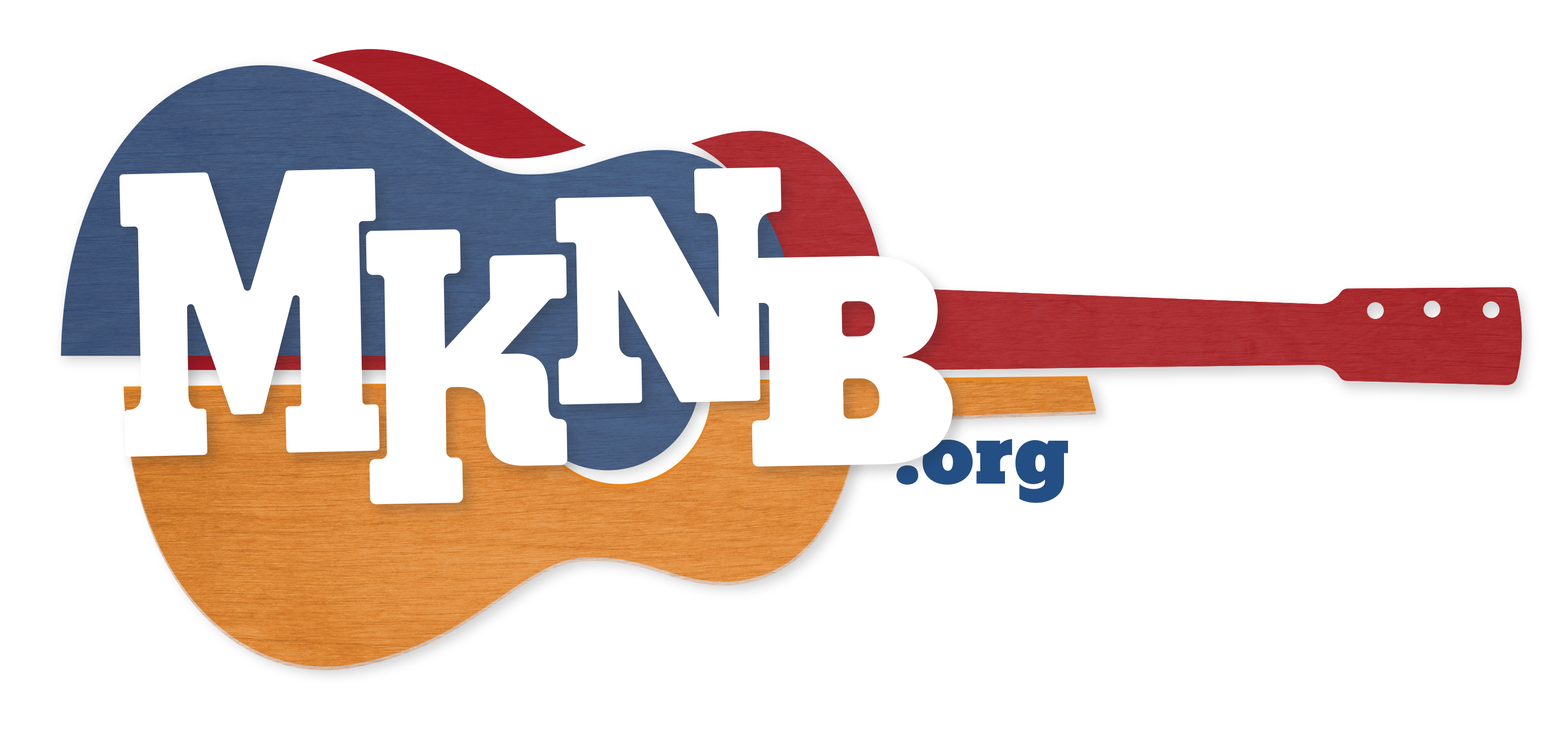- 1 in 30 children have autism
- This is a 300% increase since 2000
- Boys are 4x more likely to be diagnosed with autism than girls
- 40% are nonverbal, 44%+ have an average or above average intelligence.
- On average, autism costs an estimated $60,000 a year, throughout childhood, which increases with the co-occurrence of an intellectual disability. The bulk of the costs are in special services and lost wages related to increased demands on one or both parents.
- On average, medical expenditures for children and adolescents with ASD were 4.1 to 6.2 times greater than for those without autism.
- Children with ASD have medical expenses that are an average of 4.1 to 6.2 times greater than children without ASD.
- Mothers of children with ASD, who tend to serve as the child’s case manager and advocate, are less likely to work outside the home. On average, they work fewer hours per week and earn 56 percent less than mothers of children with no health limitations and 35 percent less than mothers of children with other disabilities or disorders.
- Additionally, families with an autistic child frequently have an income loss of up to $20,000 per year to care for a child with autism.
- Parents of autistic children are more than twice as likely to stop working or transition to part-time work to care for their child.
- The cost of caring for Americans with autism reached $268 billion in 2015 and will rise to at least $461 billion by 2025 in the absence of more-effective interventions and support across the life span.
- Autism affects all ethnic and socioeconomic groups.
- Minority groups tend to be diagnosed later and less often.
- * Early intervention affords the best opportunity to support healthy development and deliver benefits across the lifespan.
- Music therapy helps people with autism to improve skills in areas such as communication, social skills, sensory issues, behavior, cognition, perceptual/motor skills, and self-reliance or self-determination.
- Nearly half of those with autism wander or bolt from safety.
- Drowning remains a leading cause of death for children with autism and accounts for approximately 90 percent of deaths associated with wandering or bolting by those age 14 and younger.
- Of the people with autism who used state-funded vocational training programs in 2014, 60% of the graduates found a job. However, 80% of those individuals only found part-time work paying them an average weekly wage of $160.
- Almost half of 25-year-olds with ASD have never had a paying job.
- The cost of caring for Americans with autism reached $268 billion in 2015 and will rise to at least $461 billion by 2025 in the absence of more-effective interventions and support across the life span.
- Autism affects all ethnic and socioeconomic groups.
- Minority groups tend to be diagnosed later and less often.
- * Early intervention affords the best opportunity to support healthy development and deliver benefits across the lifespan.
- Music therapy helps people with autism to improve skills in areas such as communication, social skills, sensory issues, behavior, cognition, perceptual/motor skills, and self-reliance or self-determination.
- Nearly half of those with autism wander or bolt from safety.
- Drowning remains a leading cause of death for children with autism and accounts for approximately 90 percent of deaths associated with wandering or bolting by those age 14 and younger.
- Of the people with autism who used state-funded vocational training programs in 2014, 60% of the graduates found a job. However, 80% of those individuals only found part-time work paying them an average weekly wage of $160.
- Almost half of 25-year-olds with ASD have never had a paying job.




